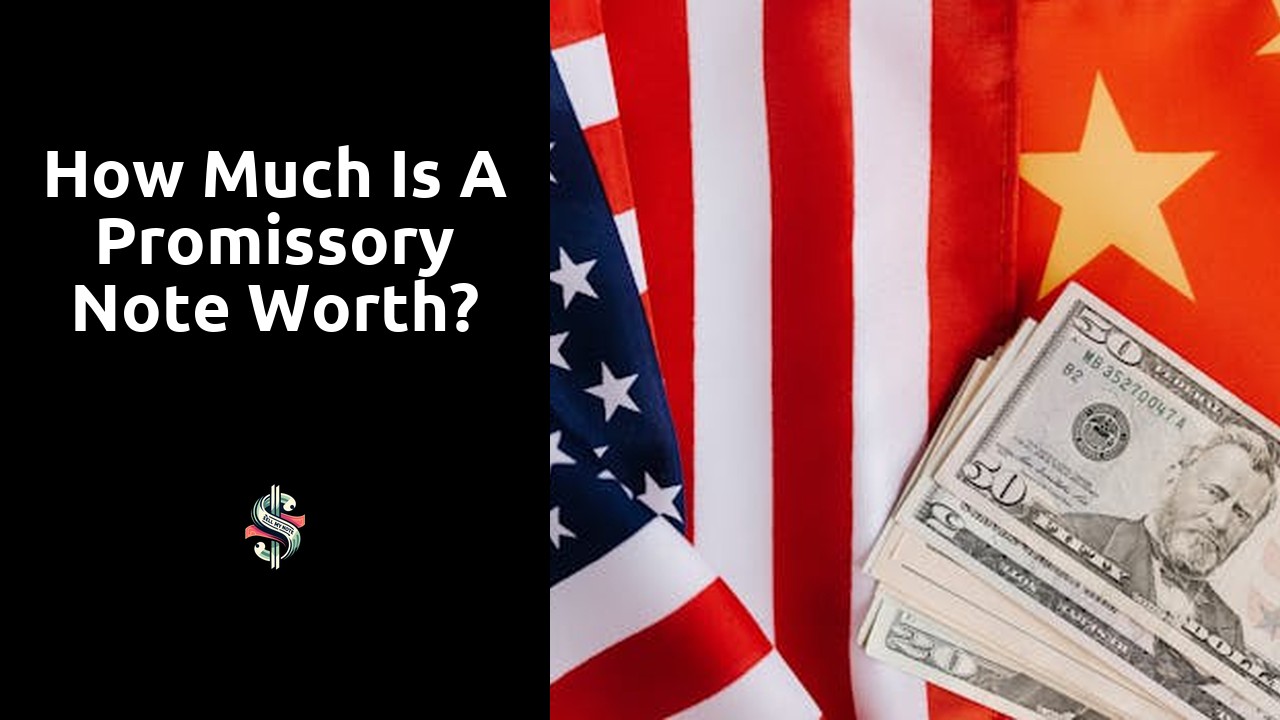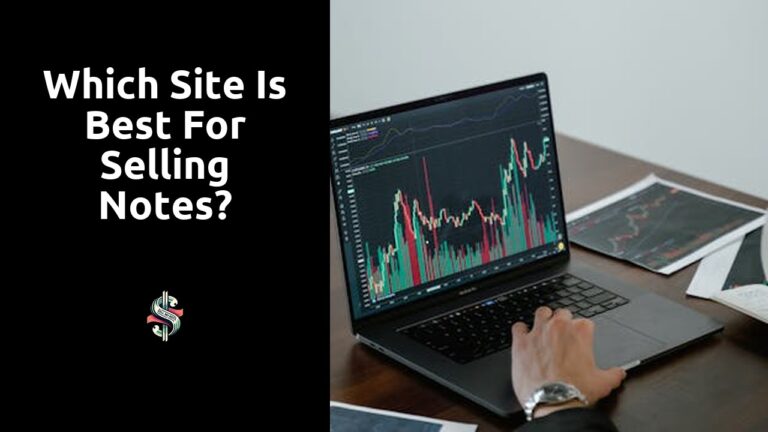How much is a promissory note worth?
Table Of Contents
Risk Assessment in Promissory Note Valuation
Risk assessment plays a crucial role in determining the value of a promissory note. When evaluating a promissory note, one of the key factors to consider is the creditworthiness of the issuer. A thorough assessment of the issuer’s financial stability, payment history, and overall credit profile is essential in gauging the risk associated with the note.
Additionally, analyzing the terms and conditions of the promissory note is vital in risk assessment. Factors such as the interest rate, repayment schedule, collateral (if any), and any covenants attached to the note can significantly impact its valuation. By conducting a comprehensive risk analysis, investors can make informed decisions about the worth of a promissory note and mitigate potential financial risks.
Role of Risk Analysis in Determining Promissory Note Worth
When determining the worth of a promissory note, the role of risk analysis cannot be overstated. Risk analysis is a crucial element in assessing the value of a promissory note as it helps potential investors or buyers evaluate the level of risk associated with the investment. By conducting a thorough risk analysis, investors can make informed decisions regarding the purchase or sale of a promissory note.
Factors such as the creditworthiness of the issuer, prevailing economic conditions, and the specific terms of the note all play a significant role in determining the level of risk involved. Risk analysis involves a comprehensive evaluation of these factors to determine the likelihood of the issuer defaulting on the note. Understanding and quantifying these risks are essential in assigning a fair value to a promissory note and are integral to the decision-making process for investors and institutions alike.
Comparing Promissory Note Values in Different Scenarios
Promissory notes are financial instruments with values that can fluctuate based on a variety of factors and scenarios. One important aspect to consider when comparing promissory note values in different scenarios is the creditworthiness of the issuer. Notes issued by companies with strong credit ratings are generally perceived as lower risk and thus tend to have higher values than those issued by entities with lower creditworthiness. In scenarios where the issuer’s financial health deteriorates, the value of the promissory note may decrease as the perceived risk increases.
Another factor to evaluate when comparing promissory note values in different scenarios is the prevailing interest rates in the market. When interest rates rise, the value of existing promissory notes with fixed interest rates tends to decrease as they become less attractive compared to newly issued notes offering higher interest rates. Conversely, when interest rates fall, the value of existing promissory notes with higher fixed rates may increase as they become more valuable in a low-rate environment. Investors must carefully assess these scenarios to make informed decisions regarding the valuation of promissory notes.
Impact of Maturity Dates on Promissory Note Worth
Maturity dates play a crucial role in determining the worth of a promissory note. The time at which a promissory note reaches maturity directly impacts its value. For instance, a promissory note with a longer maturity date typically commands a higher value compared to one with a shorter maturity date. This is because the longer the maturity date, the longer the promissory note holder has to wait before receiving the full payment. Therefore, investors often consider maturity dates when evaluating the attractiveness of a promissory note as an investment opportunity.
Moreover, the maturity date of a promissory note influences the perceived risk associated with the investment. Promissory notes with longer maturity dates are generally associated with higher risk due to the uncertainties that may arise over a longer period. Additionally, economic conditions and market fluctuations can impact the value of a promissory note over time, making longer-term notes potentially more vulnerable to external factors. Investors must carefully assess the maturity dates of promissory notes to gauge the level of risk they are willing to undertake in exchange for potential returns.
Impact of Inflation on the Value of a Promissory Note
Inflation plays a significant role in determining the value of a promissory note. As the general price level of goods and services in an economy rises, the purchasing power of the currency declines. This decrease in purchasing power can lead to a decrease in the real value of the promissory note, impacting the return that the holder will receive upon maturity.
Investors and holders of promissory notes need to carefully consider the inflation rate and its potential impact on the value of the note over time. If the inflation rate is high, the real value of the fixed payments promised by the note may diminish, reducing the overall worth of the investment. Therefore, it is crucial to take into account the inflation rate when assessing the value and potential returns of a promissory note investment.
Understanding Inflation’s Influence on Promissory Note Worth
Inflation can significantly impact the value of a promissory note, affecting both the lender and the borrower. When inflation rates rise, the purchasing power of the currency decreases over time. Consequently, the worth of the money promised in the promissory note may diminish, impacting its real value at the time of repayment. This erosion in value arises because the sum specified in the promissory note may not have the same purchasing power in the future due to inflationary pressures.
For the lender, inflation can reduce the actual value of the repayment received, making the returns on the investment less profitable. In contrast, borrowers may benefit from inflation as the real value of the debt decreases. To mitigate the effects of inflation, stakeholders often consider the inflation rate when determining the interest rate and principal amount in the promissory note. By factoring in inflation expectations, parties can better protect themselves against potential losses in purchasing power over the duration of the promissory note.
FAQS
How is the worth of a promissory note determined?
The worth of a promissory note is typically determined based on various factors such as the principal amount, interest rate, maturity date, creditworthiness of the issuer, and prevailing market conditions.
Why is risk assessment important in the valuation of a promissory note?
Risk assessment is crucial in determining the value of a promissory note as it helps investors evaluate the likelihood of the issuer defaulting on the payment, impacting the note’s worth.
How does the maturity date impact the value of a promissory note?
The maturity date plays a significant role in determining the value of a promissory note. Generally, notes with longer maturity dates tend to have higher values compared to those with shorter maturity dates.
What role does inflation play in influencing the worth of a promissory note?
Inflation can impact the value of a promissory note by eroding its purchasing power over time. Investors consider inflation rates when assessing the real value of the returns from holding a promissory note.
Can the value of a promissory note vary in different scenarios?
Yes, the value of a promissory note can vary in different scenarios based on changes in interest rates, economic conditions, and the creditworthiness of the issuer. Investors need to consider these factors when assessing the worth of a promissory note.







